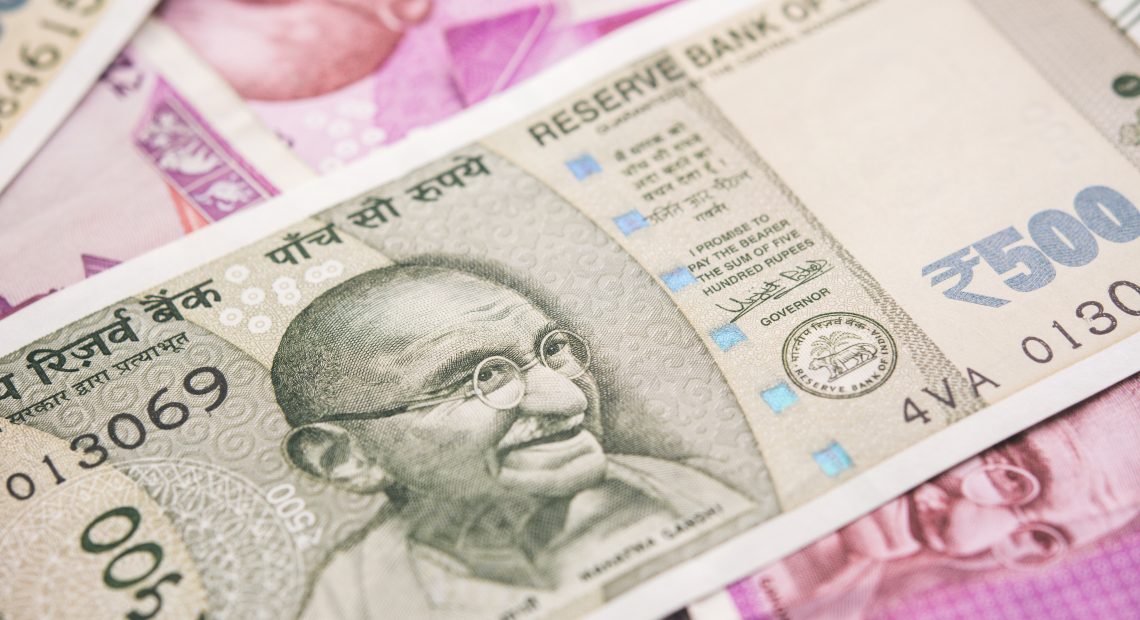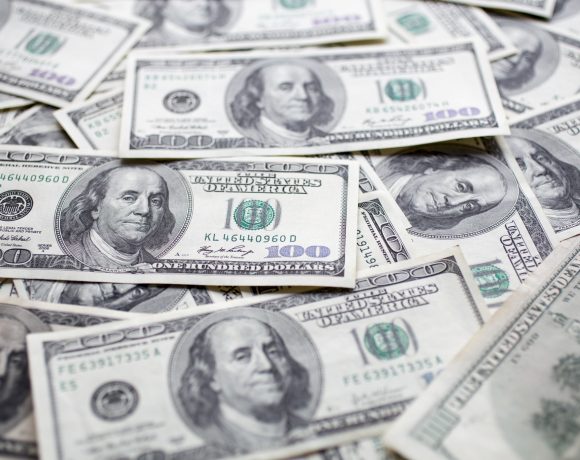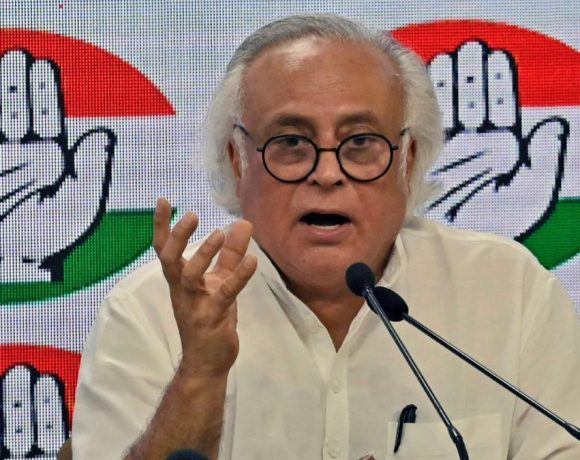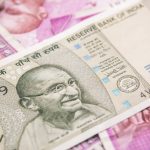
Rupee Hits Record Low Amid Rate Cut Speculations
The Indian rupee has dropped to an all-time low against the U.S. dollar, influenced by market expectations of a potential rate cut by the Reserve Bank of India (RBI) and rising demand for dollars from importers.
Rupee Hits Record Low
The rupee fell to 87.35 per U.S. dollar, marking a fresh record low. This decline reflects a nearly 0.3% depreciation in a single day, continuing its downward trend. Market analysts attribute this drop to a combination of global and domestic economic factors.
Key Factors Behind the Decline
Several critical reasons have contributed to the rupee’s depreciation:
- Expectations of an RBI Rate Cut: Speculation about a potential interest rate cut in the upcoming RBI policy meeting has led to a weakening of the rupee. A rate cut typically reduces foreign capital inflows, exerting downward pressure on the currency.
- Increased Importer Dollar Demand: A surge in demand for U.S. dollars by importers to meet payment obligations has further intensified the rupee’s depreciation. The rise in crude oil prices has also led to higher import bills, increasing the pressure on the currency.
Comparative Performance in Asia
While other Asian currencies have shown resilience, the rupee remains one of the worst-performing currencies in the region this year. Persistent foreign portfolio outflows have further weakened investor confidence, adding to the downward momentum.
Market Outlook and RBI’s Response
Experts suggest that if the RBI proceeds with a rate cut, the rupee may face further depreciation. However, the central bank has a history of intervening in the forex market to stabilize excessive fluctuations, and such measures may be implemented again if required.
Conclusion
The record-low rupee highlights the challenges of balancing monetary policy and currency stability. The upcoming RBI decisions will play a crucial role in determining the rupee’s trajectory in the coming weeks.


















